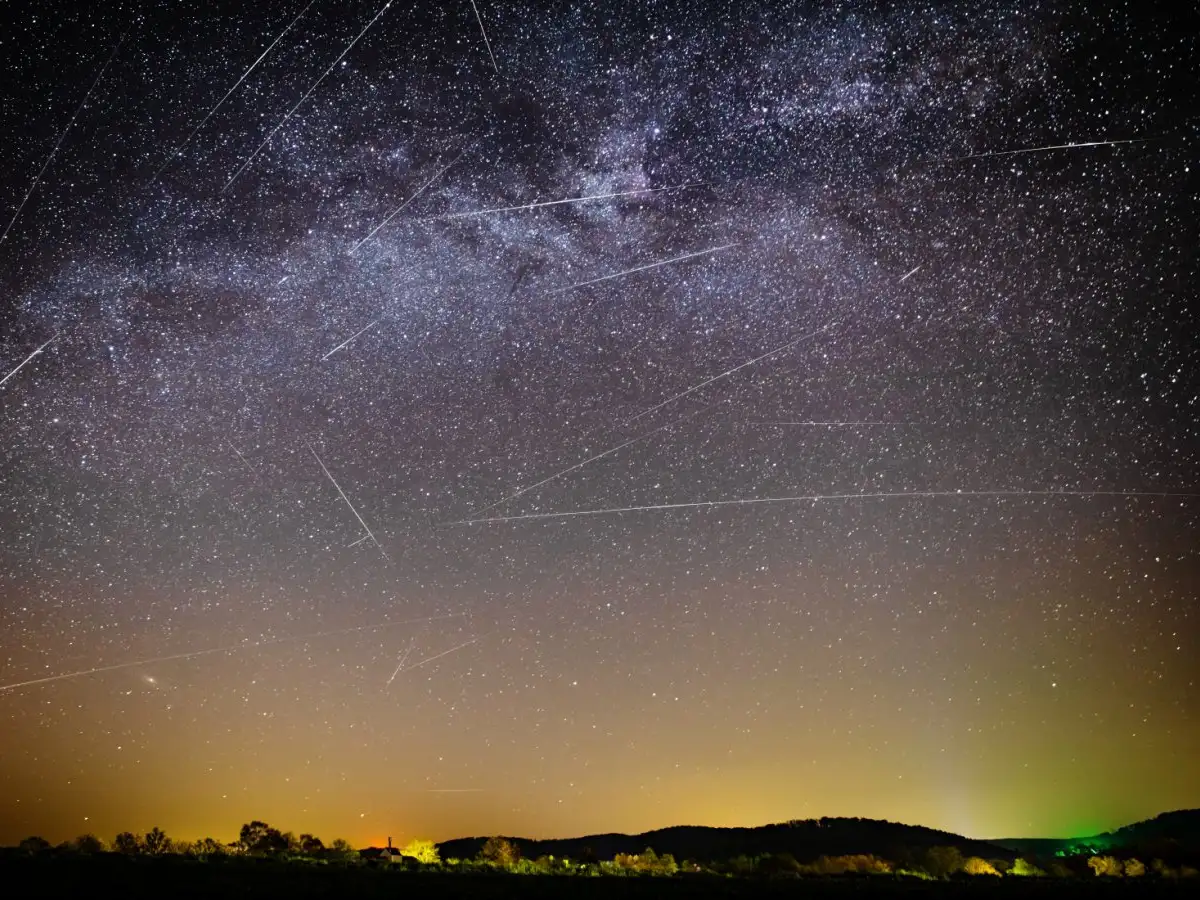Prepare for a stunning celestial event as Costa Rica offers front-row seats to the April Lyrids meteor shower, an ancient and awe-inspiring astronomical phenomenon. With historical observations dating back to 687 BC, the Lyrids provide a unique opportunity for stargazers and night sky enthusiasts to witness a dazzling display of cosmic artistry. This year, the peak viewing time in Costa Rica is slated for the early hours of Monday, April 22, at precisely 3:23 a.m.
A Glimpse into the Past
The April Lyrids are among the oldest recorded meteor showers, with the first sightings noted by Chinese observers over 2,700 years ago. Known for their fast and bright meteors, the Lyrids have carved out a niche in the stargazing calendar as the inaugural meteor shower spectacle following a quiet period from January through mid-April each year.
The 2024 Peak Viewing
This year’s peak promises up to 20 visible meteors per hour under optimal conditions. Though they might not produce the volume of the famous August Perseids, the Lyrids are renowned for occasional ‘surprise’ bursts that can significantly exceed average expectations. Historical records recount extraordinary displays, such as the one in 1803 in Virginia, where observers were treated to a breathtaking sight of 100 meteors per hour.
Viewing Tips for the Best Experience
The best viewing experiences are often away from the urban glow. To truly appreciate the Lyrids’ brilliance, observers should seek out spots far removed from city lights. The shower will be visible across the sky, but for an enhanced viewing experience, stargazers should focus away from the shower’s radiant point near the constellation Lyra, the harp. This strategy allows the meteors to appear longer and more spectacular, tracing brilliant paths across the night sky.
Navigating Lunar Interference
Unlike last year, the 2024 Lyrids meteor shower coincides with the full moon phase, presenting additional challenges for meteor watchers. The moon’s brightness can obscure fainter meteors, making it crucial for enthusiasts to find especially dark spots for observation. Despite these conditions, the Lyrids can still produce bright flashes and even the occasional fireball, creating a thrilling visual display for persistent viewers.
The Science Behind the Shower
The Lyrids originate from the comet Thatcher (C/1861 G1), which sheds particles that collide with Earth’s atmosphere, burning up and creating the meteor shower. This interaction illuminates the night sky with fast-moving meteors that, while they don’t often leave behind persistent trails, can occasionally produce significant bursts of light known as fireballs.
What to Bring
For those planning to witness this celestial event, a few essentials can enhance the experience:
- A comfortable chair or blanket: Opt for comfort with a reclining chair or a blanket spread over the ground.
- Warm clothing: Nighttime can bring cooler temperatures, especially in more remote viewing locations.
- Refreshments: Bring some snacks and beverages to enjoy while you gaze upwards.
- A red flashlight: Preserve your night vision with a flashlight covered with red cellophane or a red LED light.
- Patience and Time: Allow your eyes up to 30 minutes to adjust to the dark for optimal viewing.
The April Lyrids meteor shower offers a magical night under the stars filled with ancient cosmic wonder. Whether you’re an avid astronomer or a casual stargazer, this event promises a spectacular display of nature’s fireworks. Don’t miss the chance to partake in this annual astronomical highlight, where every meteor streaking across the sky brings with it a small piece of interstellar history.

